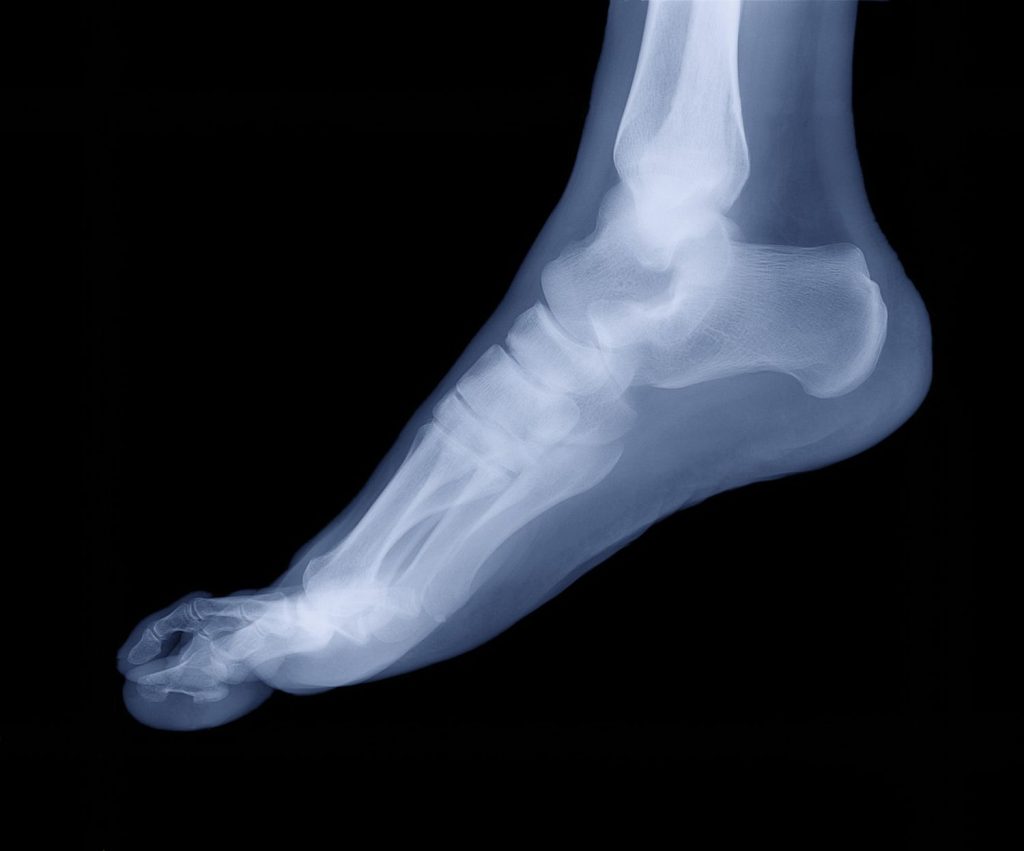Foot & Ankle injuries
About Foot & Ankle Injuries

Injuring your feet or ankles during sports or active work is very common and can be incredibly debilitating. It can prevent you from doing the things you love or need to do. On this page we’ll explore the most common types of ankle and foot injuries and take a look at treatment options. Because your feet and ankles are so important to being able to have a normal and enjoyable life, it’s important that you understand your injury properly and thoroughly explore your treatment options with an experienced medical professional before deciding on a care plan.
Meet Your Foot & Ankle Specialist
Mr. Declan Bowler is a lower limb sports injury specialist, in practice since he completed his ACGME-accredited Orthopaedic Sports Medicine Fellowship training at the Hughston Clinic, USA in 2007. He performs a high number of specialised surgeries each year and evolves the treatment techniques and technologies he uses to incorporate the very latest medical best practice, based on the latest global research and evidence.
Ankle Injuries & Treatment
The most common types of ankle injury are sprains and fractures. What we call an ankle is in fact a combination of different joints that connect the lower leg to the foot and allow the movement of the foot up-and-down or side-to-side. The joints that make up the ankle are the tibiotalar joint and the inferior tibiofibular joints (or syndesmosis), each with its own ligaments, surrounding tendons, and bones. As you start to understand how complex a simple ankle is on the inside, you come to appreciate how easy it is to injure one of these many different elements.
The good news is that often first or minor injuries to the ankle can be treated without the need for surgery. A combination of appropriate pain relief medication, compression and/or immobilisation (not moving the joint), followed by physiotherapy may do the trick and you could be back performing as normal in 6-8 weeks.
In the case of severe fractures, ligament and tendon tears, chronic tendonitis, synovitis or ankle instability, surgery may be the best route to get you back on your feet and living life to the full again. Different ankle surgeries require a different level of invasiveness and have different anaesthetic and recovery approaches. For a period of time after surgery, it is likely you will need crutches with a cast or medical boot. This to keep the ankle stable.
Foot Injuries & Treatment
If you thought your ankle was complex, feet are on a whole other level. The foot has 33 joints, 26 bones, and over 100 muscles, tendons, and ligaments. This means that foot pain and foot injuries are often very difficult for people to effectively diagnose and treat without the help of an experienced healthcare provider. Some of the typical injuries we see in the clinic are heel bone fractures, injuries to the middle part of the foot (Lisfranc injuries) and plantar fasciitis which often manifests as heel pain.
As with ankle injuries, many milder foot injuries are easily treated using compression, medication, rest and physiotherapy. For more severe injuries and those that don’t respond to conservative treatment, surgery is an option to help resolve the condition.
An important step when deciding to get treatment for foot or ankle injuries is to arrange a consultation with someone who specialises in lower limbs sports injuries and can make sure the full extent and severity of your injury is identified. If you have an ankle or foot injury and would like to make an appointment with Mr.Bowler, a lower limb sports injury specialist, contact us today.
